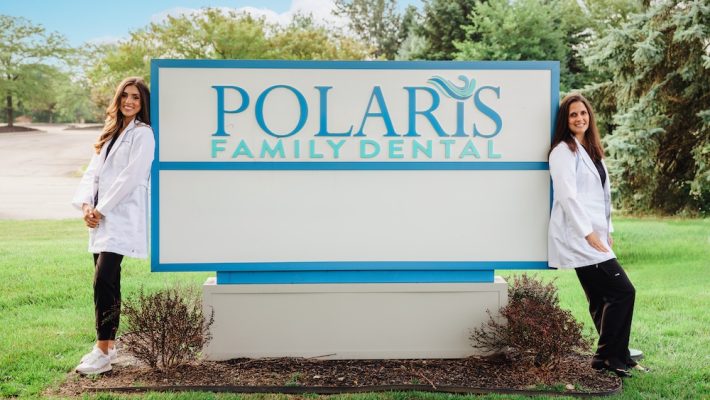
The Complete Guide to Dental Botox: Restoring Your Smile with Confidence
Understanding Botox in Dentistry: More Than Just Aesthetic Benefits
Botox is widely recognized for its ability to smooth fine lines and wrinkles, but its applications extend beyond cosmetic enhancement. Derived from the bacterium Clostridium botulinum, Botox is a purified neurotoxin that temporarily relaxes targeted muscles. While the term “Botox” is commonly used as a catch-all name, it is actually one of four botulinum toxin products available, along with Dysport, Xeomin, and Jeuveau. These products function in a similar manner, inhibiting muscle contractions by blocking nerve signals, resulting in both aesthetic and therapeutic benefits.
The Benefits of Botox in Dentistry
While Botox is often associated with reducing crow’s feet, forehead lines, and frown lines, it also has advantages in dentistry. Dental Botox has been proven effective for treating temporomandibular joint (TMJ) disorders, bruxism (teeth grinding and clenching), and chronic migraines. For individuals who suffer from persistent jaw pain or excessive muscle tension, Botox provides a minimally invasive solution that can significantly improve quality of life.
How Botox Works for TMJ, Bruxism, and Migraines
In the dental field, Botox is strategically injected into the jaw muscles to alleviate the excessive tension and involuntary contractions that contribute to TMJ pain, teeth grinding, and headaches. By relaxing these overactive muscles, Botox reduces jaw discomfort, minimizes wear on teeth, and can even help prevent headaches caused by chronic clenching. Many patients experience noticeable relief within a few days of treatment, with results lasting up to three to four months.
Botox and Aesthetic Enhancement
Beyond its therapeutic benefits, Botox remains a powerful tool for facial rejuvenation. It is particularly effective for treating dynamic wrinkles, wrinkles caused by repeated facial expressions like smiling, frowning, or squinting. Over time, these dynamic wrinkles can deepen into static wrinkles, which remain visible even when the face is at rest. While Botox works best as a preventative treatment, it is never too late to see noticeable improvements. Patients in their 30s, 40s, 50s, and beyond can all benefit from Botox to soften existing lines and prevent deeper wrinkles from forming. No matter your age, Botox can help refresh your appearance while maintaining natural expressions and facial balance.
Common Side Effects of Botox
As with any medical treatment, Botox does come with some potential side effects, though they are generally mild and temporary. Patients may experience slight redness or mild swelling at the injection site, which typically subsides within a few hours. In rare cases, minor bruising may occur, but this resolves within a few days. More severe complications are exceedingly rare when the procedure is performed by a trained professional.
Schedule a Dental Botox Consultation
Ready to experience relief from jaw pain or enhance your smile with a dental Botox treatment? Contact Polaris Family Dental today or schedule your dental Botox consultation — expert care is just a call away!


